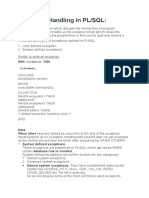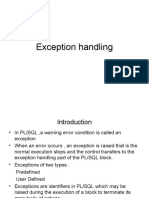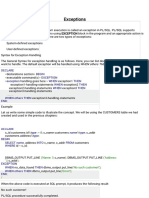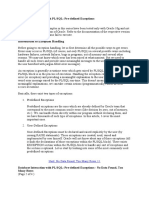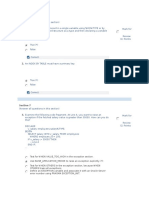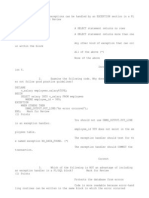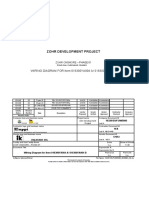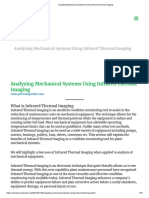0% found this document useful (0 votes)
15 views12 pagesUnit-3 Exceptions
BCA 8th sem Database Programming Note
Uploaded by
demodgdgCopyright
© © All Rights Reserved
We take content rights seriously. If you suspect this is your content, claim it here.
Available Formats
Download as PDF, TXT or read online on Scribd
0% found this document useful (0 votes)
15 views12 pagesUnit-3 Exceptions
BCA 8th sem Database Programming Note
Uploaded by
demodgdgCopyright
© © All Rights Reserved
We take content rights seriously. If you suspect this is your content, claim it here.
Available Formats
Download as PDF, TXT or read online on Scribd
/ 12
